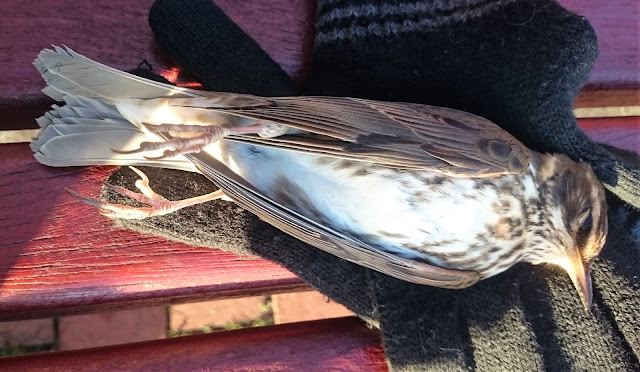Predicting Imminent Death

It is fairly common to hear of cases of people who were able to predict that their death was coming shortly before they passed away. It included a personal experience with my grandfather who seemed to have known it a month in advance. While it is a phenomenon which is difficult to explain, with many people being sceptical claiming that such predictions tend to be a coincidence, some animals were found to be able to predict deaths with noteworthy accuracy. A relatively recent story is that of a cat called Oscar, who lives at a nursing home in Rhode Island and enjoys walking around the patients' rooms without interacting much with them. However, it was noticed that the cat is very friendly towards patients who are about to die and his prolonged presence by their bedside would often be an indicator of the patient being about to pass away within several hours. To date, Oscar had accurately predicted approximately 100 deaths. In 2007, there was a rumour that the cat had been killed...










